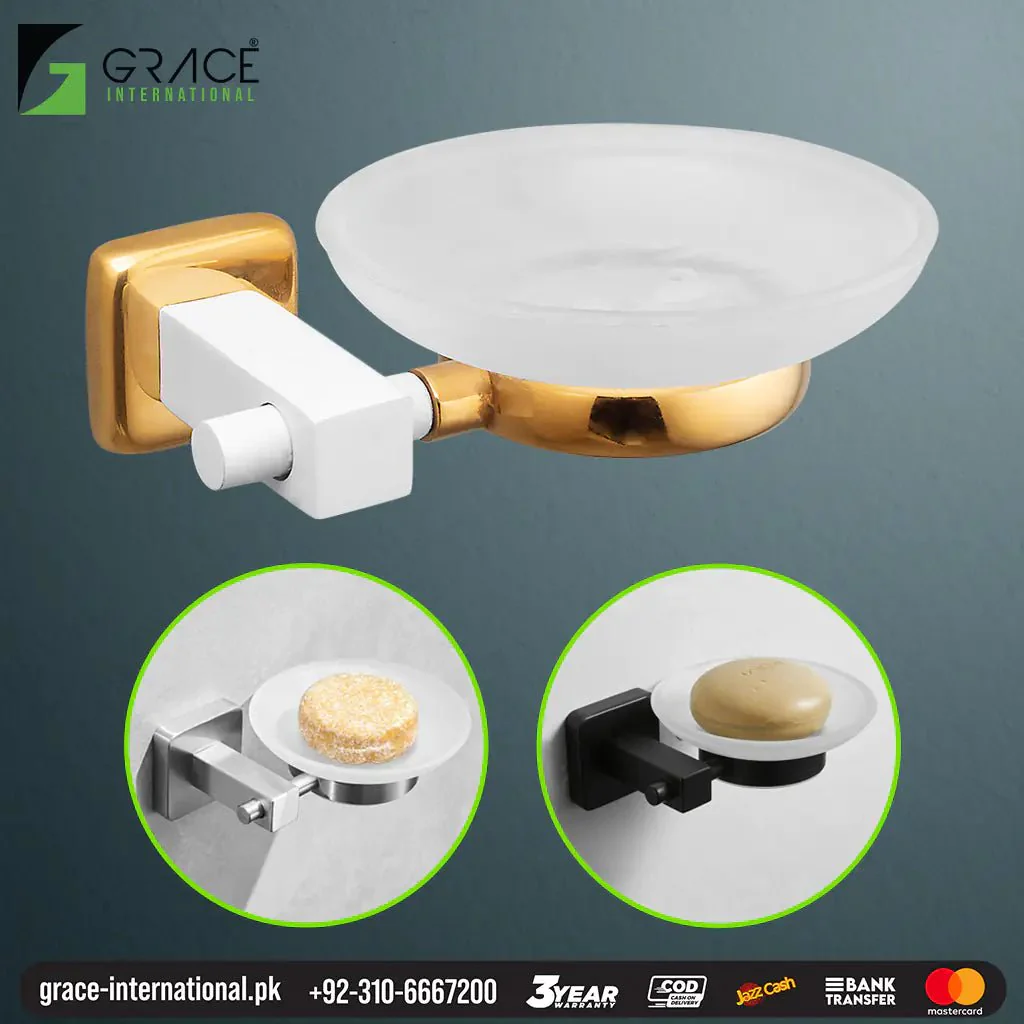Table of Contents
- Key Takeaways
- Understanding the Performance Benefits of Athletic Socks
- Technological Innovations in Sock Manufacturing
- Athletic Socks as a Fashion Statement
- The Health and Wellness Aspect of Athletic Socks
- Choosing the Right Socks for Different Types of Sports
- A Cultural History of Athletic Socks
- Consumer Trends: What People Want in Athletic Socks Today
- Challenges and Considerations in Athletic Sock Marketing
- The Future of Athletic Socks: Predictions
Key Takeaways
- Athletic socks offer crucial performance benefits to athletes across various sports.
- Technological advancements contribute to the evolution and functionality of socks.
- Socks have become an essential accessory within the fashion and lifestyle sectors.
- Sustainable practices are influencing the production and consumer choices in athletic socks.
Socks are often the unsung heroes of athletic wear, providing protection, comfort, and support that can significantly influence an athlete’s performance and recovery. With the thoughtful integration of design and technology, athletic socks have been elevated from their traditional, practical role to become an essential facet of sports gear and a medium for personal expression in fashion.
From technology-driven performance enhancements to the emergence of eco-conscious materials, the evolution of athletic socks reflects innovation and changing consumer trends. Judicious use of Bombas coupons can enable sports enthusiasts to invest in premium quality socks that promote foot health and meet their style expectations without breaking the bank.
It’s clear that today’s athletic socks are about much more than just foot coverage—they’re a testament to how even the most minor details can significantly impact comfort, performance, and style.
Understanding the Performance Benefits of Athletic Socks
The quality of gear profoundly influences athletic performance, and socks are no exception. High-performance socks are constructed to address many challenges athletes face, from managing sweat and reducing friction to providing strategic cushioning and support.
The primary role of the athletic sock is to protect the foot, minimizing the risk of blisters and skin irritation that can occur during continuous motion. Enhanced features such as reinforced heel and toe areas and bands around the arch provide additional support and contribute to a sock’s protective qualities, allowing athletes to concentrate on their sport without discomfort.
Innovation in the material and design of athletic socks is driven by science and consumer demand. Manufacturers have turned to high-tech fabric blends that include natural fibers like wool for warmth, synthetic fibers for durability, and even state-of-the-art materials that provide antimicrobial properties to keep feet healthy and odor-free.
Equally important, professional athletes pay careful attention to every attire they wear, including socks. Their input often plays a crucial role in research and development, ensuring that the socks on the market can meet the highest performance standards.
Technological Innovations in Sock Manufacturing
The role of innovative technology in developing athletic socks has burgeoned over the past years. Incorporating smart design elements, some socks now feature integrated sensors that monitor foot temperature and moisture levels and even track biometric data bringing sock functionality into the era of connected devices and big data. These advancements sensitize athletes to their physiological status, allowing real-time adjustments during training or competition.
Eco-friendliness has also become a pivotal aspect of the evolution of sock manufacturing. Many brands are now prioritizing sustainability by using recycled materials and implementing production methods that reduce water use and carbon footprints.
For example, organic cotton and bamboo fibers feel better against the skin and resonate with environmentally conscious consumers. More than ever, it is clear that technological progress cannot be divorced from environmental stewardship—the future of athletic socks must embrace both.
Athletic Socks as a Fashion Statement
Athletic socks are no longer just a practical accessory; they’ve become a fashion statement in their own right. Athletes and fashion fans are embracing sports socks to reflect their particular style, which come in a variety of colors, patterns, and styles.
From vibrant stripes to whimsical patterns, these socks bring personality to any ensemble, whether you’re at the gym or running errands. Plus, with advancements in fabric technology, athletic socks offer performance-enhancing features like moisture-wicking and cushioning, making them both stylish and functional. Embrace the trend and elevate your sock game with athletic socks as your new fashion statement.
As much as athletic socks are lauded for their performance-centric qualities, they have also taken on new life as a style accessory. The influx of bold and eye-catching designs into the athletic sock market is a testament to their elevated status in fashion.
Athletes and trendsetters wear them for comfort or as a declaration of personal style. This fusion of sport and sartorial elegance distinguishes athletic socks as a versatile element in active wear and casual wardrobes.
The Health and Wellness Aspect of Athletic Socks
Athletic socks transcend sports and style, contributing positively to the wearer’s health and wellness. The introduction of compression technology in socks has been a game changer, improving blood flow and lowering the risk of inflammation and muscle pain after exercise. These benefits are particularly salient for long-distance runners and other endurance athletes who require socks that aid performance and recovery.
Choosing the Right Socks for Different Types of Sports
Selecting the appropriate athletic socks is an exercise that helps one understand the unique requirements of each sport. The diversity in design and fabric selection is remarkable, catering to specific athletic needs. For instance, runners may prioritize lightweight and moisture-wicking socks to maintain comfort over long distances. I
n contrast, those engaged in court sports might lean towards socks that offer extra padding to withstand rapid, high-impact movements. The environment also dictates choice: athletes competing or training in colder conditions will undoubtedly benefit from thicker, insulated socks that preserve warmth without sacrificing breathability.










